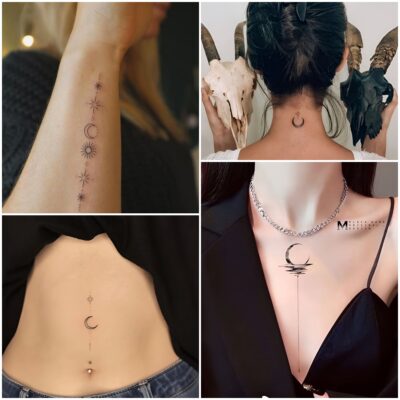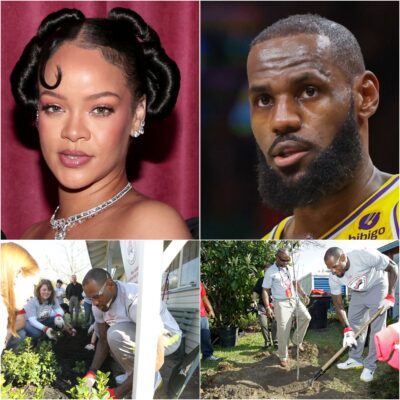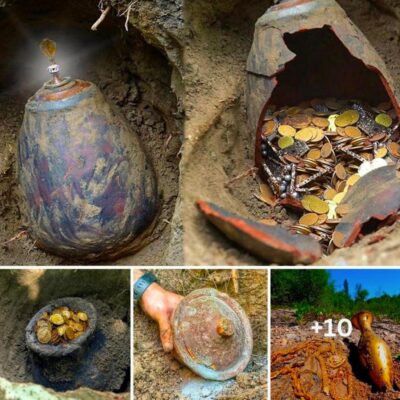Butterflies are among the most appealing insects found in nature. As indispensable members of the beneficial insect crew, butterflies are essential pollinators that pick up tiny grains of pollen on their legs and heads as they flutter from flower to flower. Along with bees and hover flies, butterflies play a vital role in plant reproduction. Glimpsing these spectacular creatures among your flowers is one of those things that makes the garden such a magical place. How to attract butterflies to your flower garden?
Grow Native Flowers
Over the course of millions of years, butterflies and plants have co-evolved to the point of perfect symbiosis. Plants depend on butterflies to cross pollinate and produce seed, while butterflies need flower nectar as a food source to survive.
Growing native flowers is the first step in creating a haven for the butterfly community. The more closely you can match plants to your geographical region, the better.
Most butterflies gravitate to bright, open blooms growing in full sun. They also tend to prefer red, orange, yellow and pink over other flower colors. Like hummingbirds, they prefer more trumpet-shaped blooms that are easier to extract nectar from.

Plants to Attract Butterflies
- Alyssum
- Aster
- Bee balm
- Butterfly bush
- Calendula
- Cosmos
- Daylily
- Delphinium
- Dianthus
- Fennel
- Globe thistle
- Goldenrod
- Hollyhock
- Lavender
- Liatris
- Marigold
- Musk mallow
- Nasturtium
- Oregano
- Phlox
- Purple coneflower
- Queen Anne’s lace
- Sage
- Scabiosa
- Shasta daisy
- Stonecrop
- Verbena
- Yarrow
- Zinnia
Plant in Full Sun
It’s no accident that the wildflowers butterflies feed upon are sun-lovers.
Butterflies are literally solar-powered. As cold-blooded insects, butterflies can only fly when temperatures are at least 60°F (16°C), though 81°F (27°C) and above are best. They will bask, with wings spread out, to soak up the sun’s rays and warm up their muscles when they get too cold.
Try to plant your butterfly garden in a spot that receives full sun from the mid-morning to the mid-afternoon – as this is the time of day when butterflies are most active.

Flower Color and Shape Matter
Just as we are, butterflies are drawn to particular flowers because of their shape, color, and fragrance.
While each butterfly species will have its own preferences, most are attracted to blooms that are white, pink, purple, red, yellow, and orange. Flowers with blue or green tones are generally the least liked by butterflies.
Strongly scented blossoms signal to butterflies a rich source of nectar. Large petaled blooms, flat-topped umbels, and short and narrow tubular flowers are the easiest for butterflies to land on and access the sweet stuff.

Plan for Continuous Bloom
Butterflies need good nectar sources from early spring all the way until late in the fall.
To keep them coming back for more, you’ll want to make sure your gardens are in a constant state of bloom.
When plotting things out this spring, include a variety of perennials and annuals with different bloom times that cover the entire season. The goal is for every flower that fades, a new one is ready to come into bloom.
Add some long-flowering varieties like yarrow and black eyed Susan for good measure. Deadheading spent flowers can also help prompt a second flush of blossoms.

Grow Butterfly Host Plants
Before they can become gorgeous winged insects, butterflies are first chunky, lumbering caterpillars that spend their days munching on plant foliage.
To be blessed with many butterfly sightings, you’ll need to support the butterfly’s complete lifecycle with caterpillar host plants. Adults will lay eggs on the underside of leaves, and only on plants that are suitable food sources for the hungry larvae.
The host plants that butterflies choose are very specific, and are sometimes exclusive to one plant species. For example, monarch butterflies will only use milkweeds to host their young.
Attract a diverse range of butterflies by planting up a mix of asters, violets, columbine, sunflowers, coneflowers, New Jersey tea, dill, carrot, and parsley. Other caterpillar hosts include willow, serviceberry, dogwood, sumac, oak, birch, crabapple, plum, and cherry.

Build Butterfly Feeders
Although flowers provide the ideal butterfly sustenance, setting out butterfly feeding stations around the garden will help supplement their nectar-heavy diets.
Butterfly feeders are a great option for attracting these flutterers when you’re still waiting for your butterfly garden to fill in. Even if your flower beds are well established with plants butterflies love to visit, adding a few feeders will give you many more opportunities to observe them.
Hang up feeders at eye level in sunny spots you’ll see often – near your kitchen window or next to the patio, for instance – to better your chances of beautiful butterfly sightings.
Butterflies have a notable sweet tooth and you’ll attract them to your feeder in droves with sugary liquids.
Overripe, nearly rotten fruits are oozing with liquidy sweetness – oranges, strawberries, apples, bananas, melons, peaches, pineapples, and the like, will provide fruit juice for butterflies to sip on.
Alternatively, you can make sugar water by boiling 9 parts water with 1 part granulated sugar. Let the mixture cool completely before pouring it onto the butterfly feeder.

Pesticides
Many chemical pesticides kill beneficial insects as well as invasive species, so you should avoid them if you want pollinators in the garden. SummerWinds Nursery, based in California, states that malathion, carbaryl and diazinon can be lethal for butterflies.
The Old Farmer’s Almanac also points out that widespread use of pesticides is bad for milkweed, the staple diet of monarch caterpillars.
You can control pests without chemicals: one option is the humble ladybug. Another is a bag of oranges.
Thank you for spending time to see this article of Ideassimple about How To Attract Butterflies To Your Flower Garden?. Please give us a like, comment or share if you find the article good and meaningful. Have a good day!











